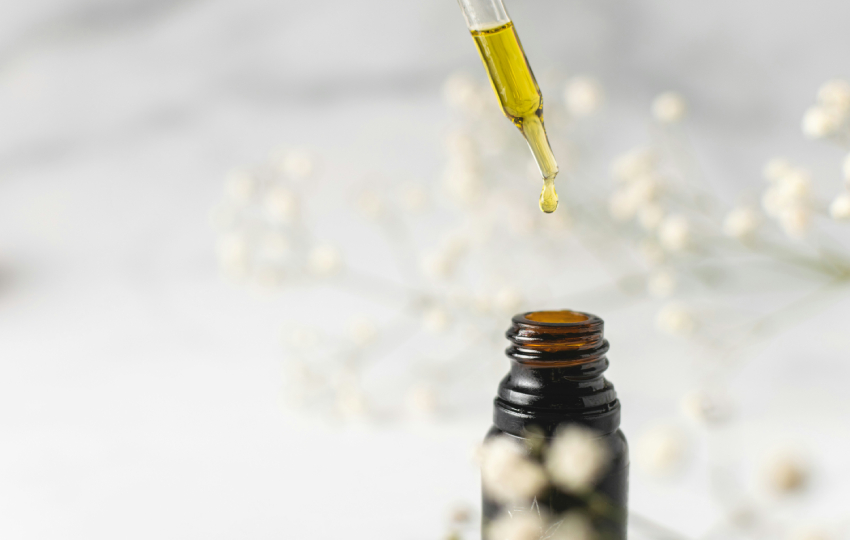Years ago, Spanish kitchens used everything that was left over to make new dishes,
almost nothing was thrown in the garbage bin. Our grandmothers added stale bread to soup,
with leftover stew they prepared ‘ropa vieja’, they made croquettes with leftover chicken and
even the oil from frying potatoes or fish was used to make soap.
When it comes to recycling used oil, times have changed a lot and now technology
allows us to put it to more sophisticated uses and turn it into products as diverse as fertilizers,
biodegradable plastics and renewable fuels. “The potential for recovering used oil is very great
and we are converting a waste that is polluting and difficult to treat into sustainable products
with utility and value,” says Jose Miguel Campos, a researcher at the Spanish National
Research Council (CSIC).
Oil is a basic ingredient in the Mediterranean diet, as evidenced by the nearly 12 liters
per person consumed in Spanish households in 2021, according to data from the Ministry of
Agriculture, Fisheries and Food. If we add to domestic consumption its industrial and restaurant
use, some 350 million liters of used cooking oil are generated per year in Spain. There is,
therefore, a lot of oil to recycle.
But the main task of collecting and recycling used oil is carried out by bars and
restaurants, the biggest consumers of oil in this country. Susana Muñoz, manager of the
restaurant Sala Cinc.
knows this issue well because he recycles cooking oil both in his business and at home. “As a
rule, we change the oil in the fryer, which has a capacity of eight liters, every other day, to
maintain the quality of the dishes we offer,” he explains. The used oil is deposited in drums
provided by the company that manages this waste, which are placed under the fryer. When the
drum is full, the manager collects it, free of charge, and replaces it with a clean drum.
For Susana, recycling is a matter of “social responsibility towards the environment and that is
why I also do it at home. I don’t have a fryer but I put it in plastic bottles that I deposit in an oil
collection container near where I live. It requires an effort but I feel good when I do it”.
The Lienzo restaurant in Valencia, also recycles every drop of used oil. Although in its
gastronomic bet the use of this liquid is very measured, they have an innovative system to
prevent the slightest trace of cooking oil from reaching the sewage system. “We were one of
the first restaurants to have a decanter machine”, which filters the water used to wash the dishes
to remove all the residual oil, “so that the water that ends up in the network is completely free
of this residue”, explains María José Martínez, chef and co-owner of the restaurant.
Oil is a waste product “that is not easy to collect at home. It is a hard-work because
even the oil from cans is recyclable. The easy thing to do is to throw it down the sink, but that
implies an environmental and economic cost, as well as a loss of use of a waste product that
has a positive value chain.
Once collected from containers and catering establishments, the manager takes it to its
treatment plant for cleaning. Used cooking oil is a non-hazardous waste, but it contains water
and solid impurities, such as frying flour, salt or food residues, and is subjected to “decantation
by applying heat. The oil weighs less than water, so the solids and water settle at the bottom of
the decanters. Once filtered, the oil is transported in tanker trucks to the industries that will
recycle it


